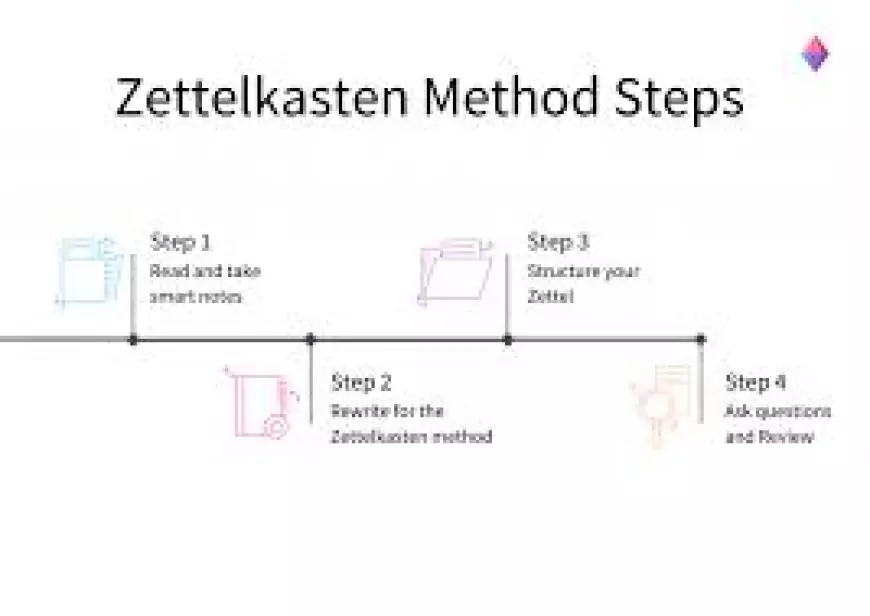Essay Writing with Zettelkasten
My process of writing an essay using the powerful method of Zettelkasten

Are you struggling with essay writing? Do you find it challenging to organize your thoughts and research effectively? In this blog, I'll guide you through my process of writing an essay using the powerful method of Zettelkasten, combined with the user-friendly RemNote app. Whether you're a student, a professional, or simply someone looking to improve their writing skills, this approach can revolutionize the way you write essays.
Research: Gathering Insights Efficiently
The first step in writing an essay is gathering research material. With the abundance of resources available today, from articles to podcasts, it's essential to have a systematic approach. I begin by using the RemNote Clipper, an extension that allows me to take notes directly from web pages. This tool streamlines the process, ensuring that all relevant information is captured efficiently.
For example, let's say we're writing an essay on "How to Study for Exams." Using the RemNote Clipper, I extract key insights from articles, websites, and even videos, organizing them within RemNote for easy access. By tagging each note with relevant keywords and ideas, I ensure that they are searchable and interconnected, facilitating future retrieval.
Processing and Summarizing: Distilling Key Points
Once the research is gathered, it's time to process and summarize the information. This involves distilling the most important points from each source and organizing them in a coherent manner. With RemNote, I can annotate articles, highlight key passages, and create summaries directly within the app.
For instance, let's take the concept of spaced repetition—a popular learning technique. By summarizing articles and videos on this topic, I create concise notes that capture the essence of each source. Tagging these notes with relevant keywords further enhances their discoverability, enabling me to access them easily when needed.
Outlining: Structuring Your Essay
With the summarized notes at hand, the next step is to outline the essay. I follow a structured framework, including an introduction, body paragraphs, and a conclusion. Each body paragraph focuses on a main idea, supported by examples drawn from the summarized notes.
For example, in an essay on effective study strategies, I might discuss the importance of spaced repetition, time management, and starting with high-yield topics. By leveraging the Zettelkasten method, I can seamlessly integrate relevant examples into each paragraph, ensuring a cohesive and well-supported argument.
Assembling Your Essay: Bringing It All Together
Finally, it's time to assemble the essay. Using the RemNote app, I can easily access my summarized notes and integrate them into the essay structure. By dragging and dropping individual notes, I construct cohesive paragraphs supported by a wealth of evidence and insights.
Whether it's referencing articles on spaced repetition or drawing from past notes on time management, the Zettelkasten method allows me to write from a place of abundance. With every piece of knowledge at my fingertips, I can craft compelling essays without the fear of writer's block.
Sharing Your Work: Making It Accessible
Once the essay is complete, sharing it with others is a breeze. RemNote offers various options for exporting and sharing your work, whether as markdown text or directly within the app. This means that your insights can reach a wider audience, even if they don't use RemNote themselves.
In conclusion, mastering essay writing requires a systematic approach to research, processing, and organization. By leveraging the Zettelkasten method and the RemNote app, you can streamline the writing process and create compelling essays with ease. So why wait? Start implementing these techniques in your writing workflow today and unleash your full potential!
Thank you for reading, and happy writing!
What's Your Reaction?























![Apple Pencil vs. Magic Keyboard [Student-Focused Review]](https://eduxpdf.com/uploads/images/202404/image_430x256_662234ec7da13.webp)













![Apple Pencil vs. Magic Keyboard [Student-Focused Review]](https://eduxpdf.com/uploads/images/202404/image_140x98_662234ecd597a.webp)




